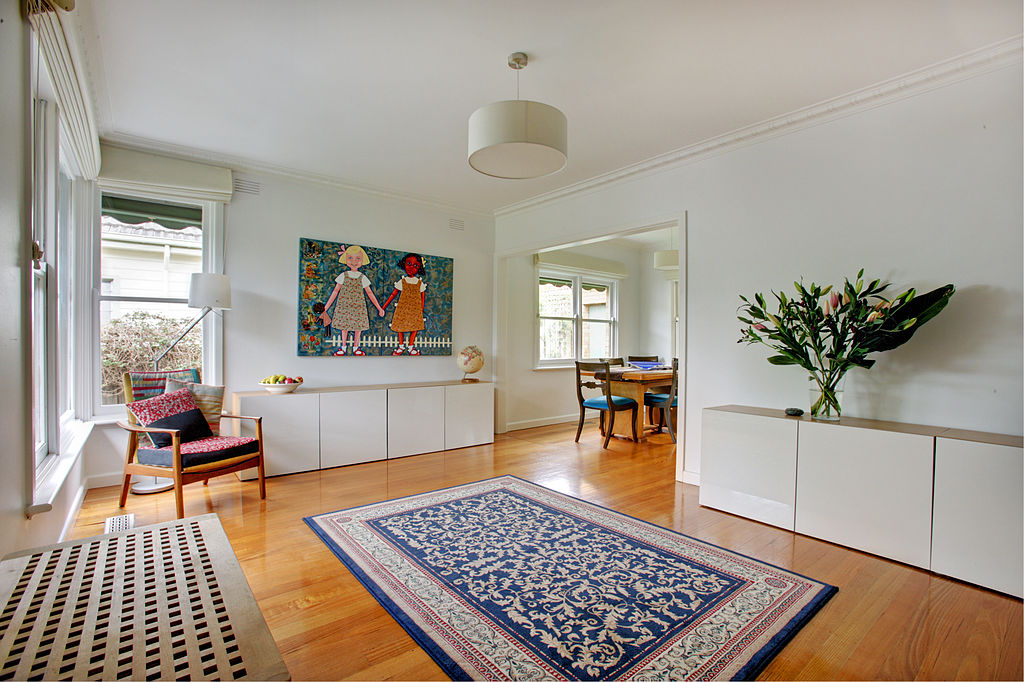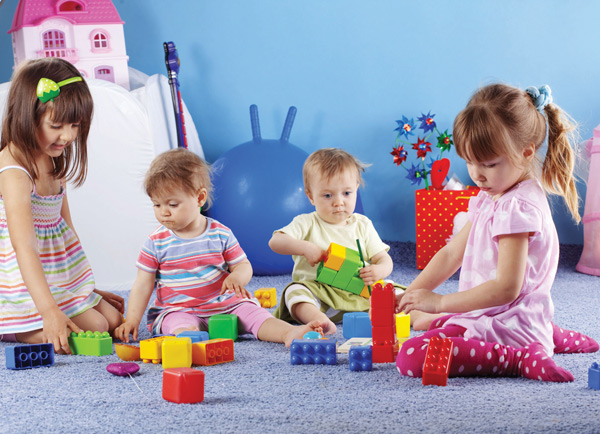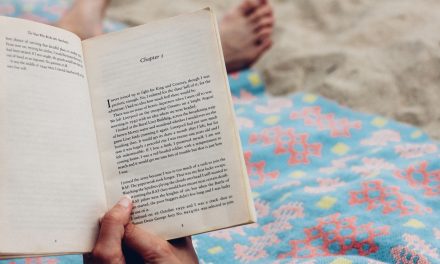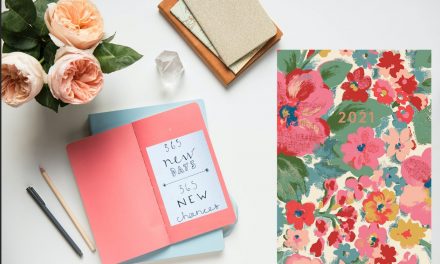Alex Dalland
The concept that our built environment can influence the way we think is not a strange one to any of us, particularly anyone who has been to a shopping centre. But the way this principle has been applied to help prisoners learn in a revolutionary NSW prison is truly astounding.
After being commissioned in 2012 by Corrective Services NSW to design a prison classroom to boost low literacy and numeracy rates among the inmate population, the University of Technology Sydney’s Designing Out Crime Research Centre set up a new learning space in Kempsey’s Mid North Coast Correctional Centre – a space with integrated indoor and outdoor areas, built-in technology like smartboards, flexible class areas and even art panels to help inmates customise their space. After more than a year, results have been impressive to say the least.
“In a recent evaluation, 72 per cent of inmates reported the ILC design made it easier to learn, while 80 per cent of teachers indicated the design made engaging inmates easier,” Rohan Lulham, environmental psychologist and Research Fellow in the Designing Out Crime Research Centre says.
“It’s a breath of fresh air. The environment surrounding inmates is incredibly important because it can have an effect on how the inmates relate to each other and the activity at hand.
“The Intensive Learning Centre has a residential feel to it. It has four classrooms filled with natural light, a library, amenity area, staff office and modern, landscaped grounds.”
Environmental psychology can have a massive impact on our lives – even if we don’t know it. According to designer Nalina Moses, even tiny details in a building’s design can have massive impacts on human behaviour.
“For example, research has proven that locating a sink within the visible stretch of a hospital corridor can increase the rate of hand washing, and that installing operable windows in a school classroom can reduce sleepiness,” Moses says.
In some instances, this can even be a result of subconscious thought – according to Uncommon Knowledge Director Mark Tyrrell.
“People will behave more competitively if there’s a briefcase in sight – or even if there is a picture of a briefcase in a picture on the wall. And this happens even when people have no conscious memory of having seen the briefcase afterwards,” Tyrrell says, citing a study conducted by Stanford University.
There are also many ways you can use environmental psychology in your own home for positive effect.
Nature: It has been proven that bringing nature into a space can lighten your mood and bring calm feelings. This includes indoor plants, wooden or stone objects or furniture and rooms filled with natural light – which increases melatonin levels.
Colour: Colour choices can help give any room or space a certain ‘vibe’ that is hard to explain but comes naturally to any visitor, with passionate reds giving an intimate feeling or soft blues providing calm and neutrality. According to interior designers, when choosing colours it is strong colours like luxurious purple, energising orange and relaxing browns that work best for sitting areas and bedrooms, while painting an entryway or foyer green helps give a soothing transition from outdoors.
Add Space: Humans have an in-built need for a degree of seclusion, but are also programmed not to feel comfortable in spaces that are too confined. This is why the perfect built environment is usually a mixture of open plan and enclosed spaces. If your home is naturally small or features small corridors, it can help to install mirrors to create an illusion of space or avoid heavy furniture to give a room a ‘lighter’ feel. Putting lighting in at low levels can also reduce shadow and create a feeling of greater room.












